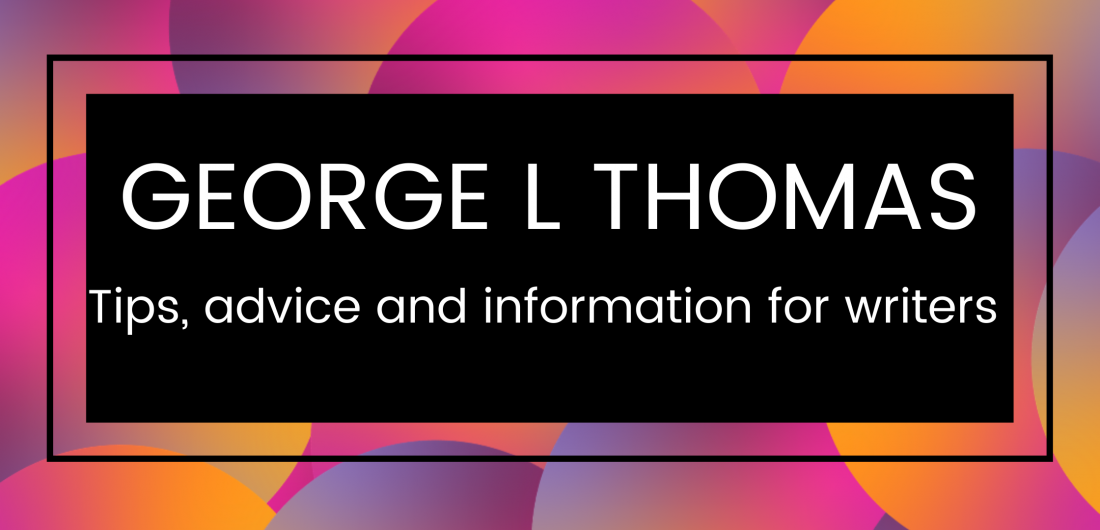
Hi everyone! How are you all? Today I’m going to be exploring precisely what it is that makes a fairy tale a fairy tale. I’ve previously talked about what a fairy tale is and why they’re important, but here I’ll go a little more in-depth.
Fairy tales have been a part of our society for centuries, even continuing to capture our imagination today. They are tales of magical creatures, fantastical places, and brave heroes confronting evil and overcoming adversity. From the story of Cinderella to the adventures of Little Red Riding Hood, these tales have enchanted readers of all ages for generations and long may they do so!
With all that said, let’s explore:
What Makes a Fairy Tale a Fairy Tale?
One crucial element of a fairy tale is its setting. Fairy tales are often set in the middle of enchanted forests, under the sea (in the case of my favourite — The Little Mermaid), mysterious castles, and faraway lands. These settings are essential because they allow the reader to stretch their imagination, escape the mundane world and enter a realm of wonder and magic. They often feature magical creatures such as dragons, unicorns, and talking animals, adding more layers of mystique to the story.
However, it is not just the settings that make a fairy tale. The characters in these stories are often larger than life, with heroic deeds and noble qualities that make them stand out from the ordinary.
The heroes and heroines of these tales are often brave, virtuous characters who have been unfairly treated by their own families or society as a whole. They must set out to overcome obstacles and defeat the villain of the story, who is usually an ‘evil’ character who operates (at least morally) in an opposite way to the hero. In doing so, the heroes are always rewarded for their bravery and goodness at the end of the story. On the other hand, the villains are often portrayed as dark, evil and sinister characters with little to no redeeming qualities.
Another defining characteristic of fairy tale stories is their moral lessons. These stories often have a deeper meaning that instructs the reader on the correct way to behave. For example, the tale of The Boy Who Cried Wolf teaches us the importance of honesty and trust, while the story of The Three Little Pigs highlights the value of hard work and planning.
These messages are often explicit, making it easy for children to grasp them. Further examples include Cinderella, a tale that teaches us the importance of inner beauty and never giving up on our dreams. The Ugly Duckling is another example of a fairy tale that teaches us the value of being different and that we shouldn’t judge people by their appearance.
The use of magic is another hallmark of a fairy tale. It’s often used as a plot device to aid the hero in their quest or to bring about a happy ending. It adds another layer of mystery and wonder to the tale — and it can take many forms — from fairy godmothers who grant wishes to spells that transform people into animals.
Finally, fairy tale stories always conclude with a happy ending. After overcoming all the trials and tribulations the heroes and heroines have gone through, they finally reach a state of contentment and happiness. It is precisely this happy ending that makes fairy tales so popular across different cultures and generations. The happy ending of a fairy tale offers hope and the belief that good always triumphs over evil and that there are consequences for doing morally questionable or evil things.
Overall, fairy tales have captured the hearts of generations of readers. They are designed to ignite our imaginations, allowing us to believe in magic and wonderment and to teach us life lessons that will stay with us forever.
Thank you, as ever, for reading today’s post! It really means a lot!
Until Next time,
George
© 2024 GLT
Categories: Setting, Worldbuilding, Writing Tips

Leave a comment